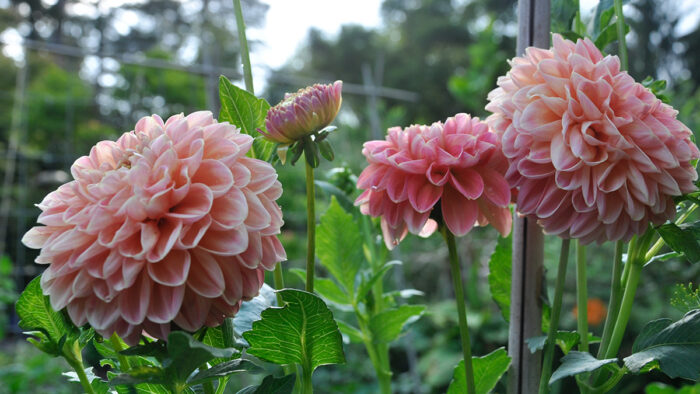
Gardeners in the Northeast look forward to dahlia season (Dahlia spp. and cvs., Zones 8–11) as one of the garden’s last hurrahs. Enjoying the cooler fall weather, dahlias not only bloom like crazy in the fall, but they grow even quicker. Here are some tips to guide our northeastern dahlias from flower formation through harvesting the tubers.
With the rise in popularity of dahlias as both cut flowers and garden plants, their culture in the Northeast is worth talking about because much of the cultural advice found online or from growers applies to the Pacific Northwest—where dahlias grow in near-ideal conditions. Due to this, it’s worth learning good dahlia practices for the northeastern grower, and perhaps put to bed a few myths or misconceptions about this popular flower.
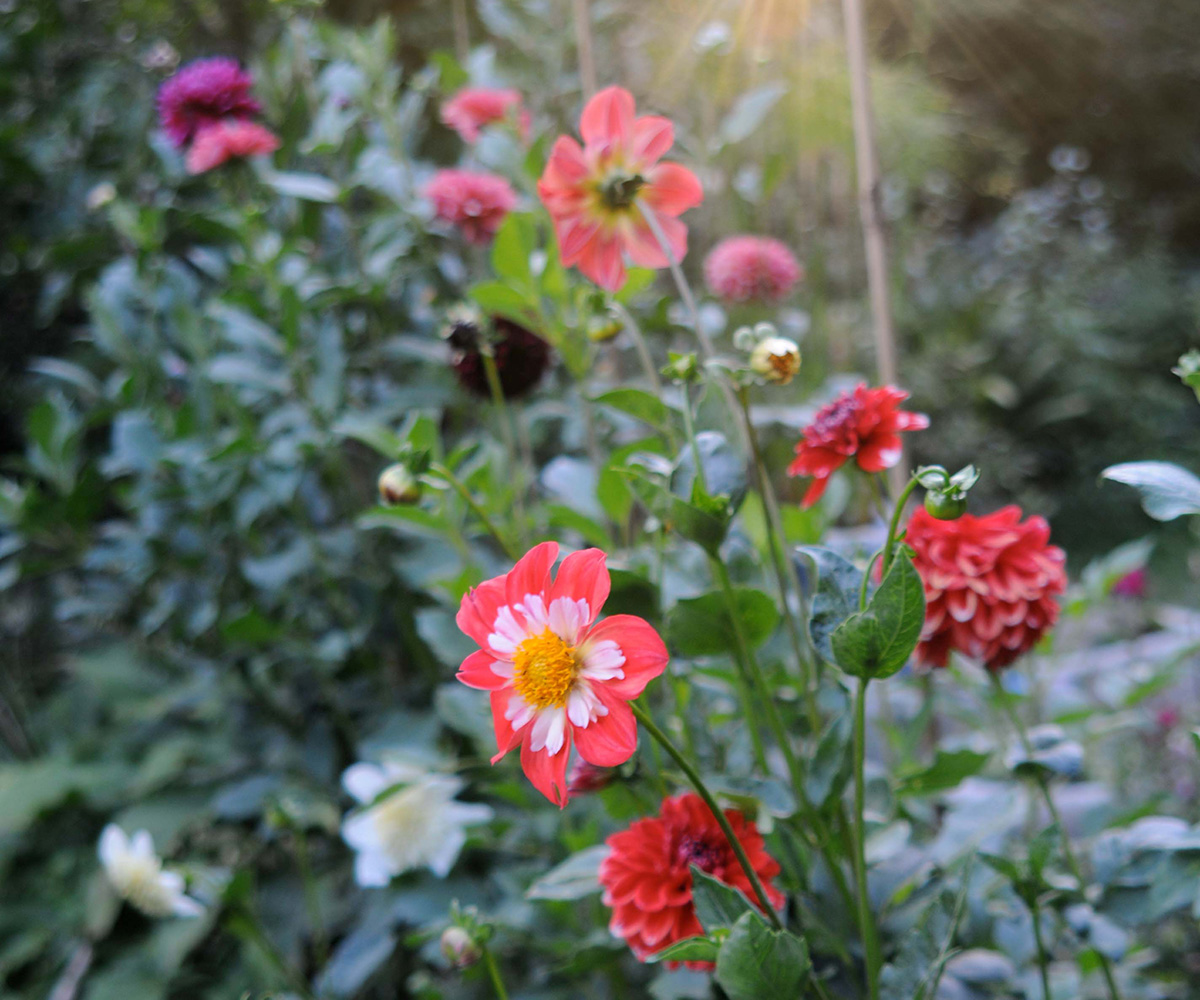
Seasonal weather affects dahlias
Many gardeners believe that dahlias demand hot and humid weather. After all, they hail from Mexico, right? Wrong. Most cut-flower dahlias are complex hybrids from species that grow in near alpine—or at the very least, high-elevation— conditions in Mexico and Central America. They suddenly take off in late summer not because of the high heat, but because of the intensity of the sun, day length, and the advent of cooler night temperatures.
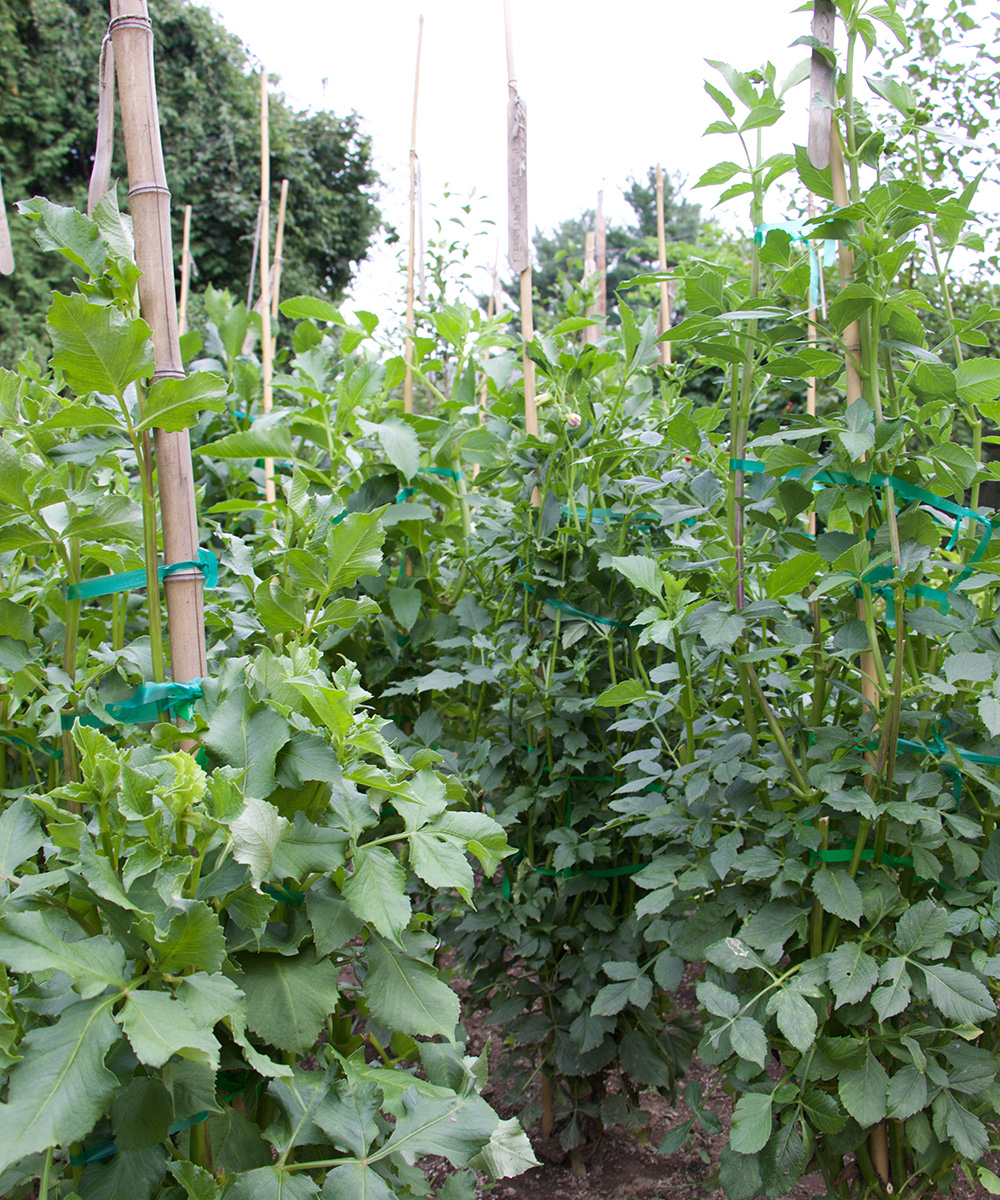
Staking is an ongoing process
The art of staking a dahlia truly separates the novices from the pros. It usually takes just one season before we learn from our mistakes. The weather in the Northeast in late summer and early autumn often brings downpours and heavy winds—the worst combination for the thick, brittle, celery-like stems of dahlias. A big plant may look sturdy, but stems can break under the weight of dew collecting in an open flower, even on an apparently well-staked plant.
Most dahlias grow remarkably fast once midsummer arrives, and a plant can often catch even experienced gardeners off-guard. While early staking is best, even professional growers need to add taller stakes near the end of the season. In September or October, adding 2x2s can be problematic, as one risks damaging tubers, but pounding in pieces of steel rebar with a smaller footprint is less risky. Besides that, rebar is reusable and sturdier.
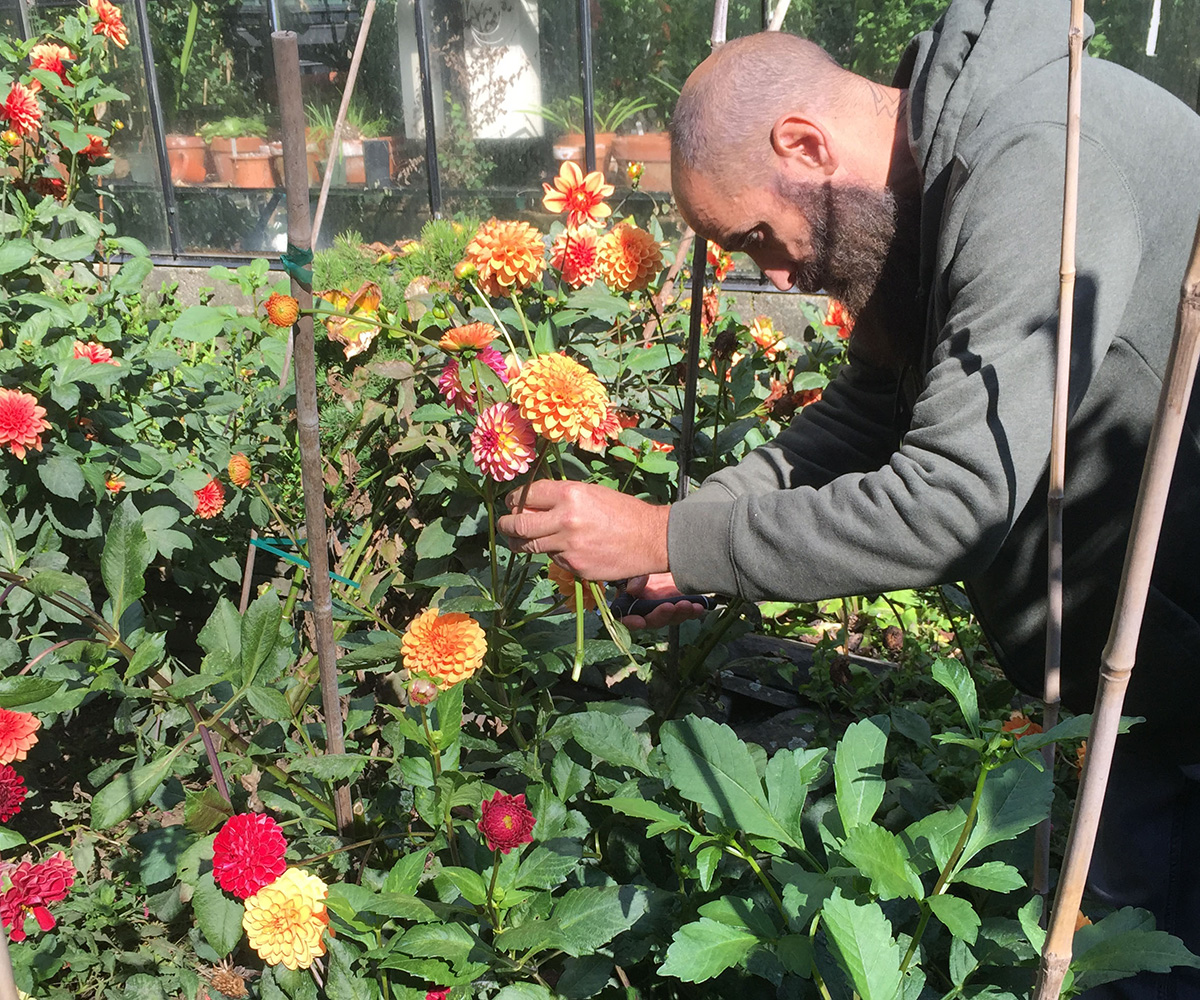
Pruning and disbudding can lead to better results
If you want loads of gorgeous blooms, you’ll need to prune. Take a tip from the pros, and dahlia-scape your plants often. A weekly review is often all that is needed, editing a few stems here and removing a few buds there. (I do it on Sunday afternoons.)
A dahlia plant will bloom better when growth is restricted to just a few main stems. Many experts suggest leaving just three main stems, but that’s an approach competitive growers use. Leaving a couple more stems is often better for the home grower, but it’s safe to say that too many stems (seven or more) will reduce the overall display.
Dahlias tend to form three buds together, and exhibitors like to remove the two side buds, allowing the main central bud to form a much bigger flower. This process, known as disbudding, is optional, as many flower arrangers prefer to have plenty of buds for a more casual look.
You’ll notice that a pair of side shoots will emerge at every leaf node. Pinching out one and leaving the other to grow on is another pro tip that not only helps a plant form more flowers but also helps focus the plant’s energy on just a few stems, resulting in better-quality flowers.
Fertilizing is needed, but don’t overdo it
There are as many opinions about how and when to apply fertilizer to dahlias as there are pumpkin spice–flavored foods. Without getting too much into the weeds about organic versus inorganic fertilizer, a few facts may help you make up your mind on what your dahlias might need.
First, dahlias are heavy feeders, and while any internet search will lead you to countless articles stating that dahlias prefer a low-nitrogen fertilizer, there are times when a higher dose of nitrogen might be beneficial. Nitrogen is short-lived in the soil, and while it can easily be leached out with just a single thunderstorm, extreme weather can also affect nitrogen levels. For example, our recent bouts with record heat (or record cold) combined with exceptionally rainy weather has been introducing a new problem to gardeners in the Northeast: denitrification. This is a process that occurs when the oxygen in the soil has been depleted by a combination of temperature extremes and the anaerobic conditions that exist in overly saturated soils.
If your dahlias have had to deal with a few tropical systems dumping a lot of rain and are looking tired or growing slowly, consider giving them a nitrogen booster with a quick-acting, water-soluble fertilizer with a bit more nitrogen in it. Many dahlia growers tweak their feeding regimen based on weather conditions as well as their soil test. Since most of us rarely test our soil, know that in most cases, results will show that it is only nitrogen that needs to be added. Be forewarned that there are plenty of serious dahlia growers who continue to support the theory that dahlias require a strictly low-nitrogen fertilizing regimen. If you are confused, the best advice here may be to let your plants tell you what they need.
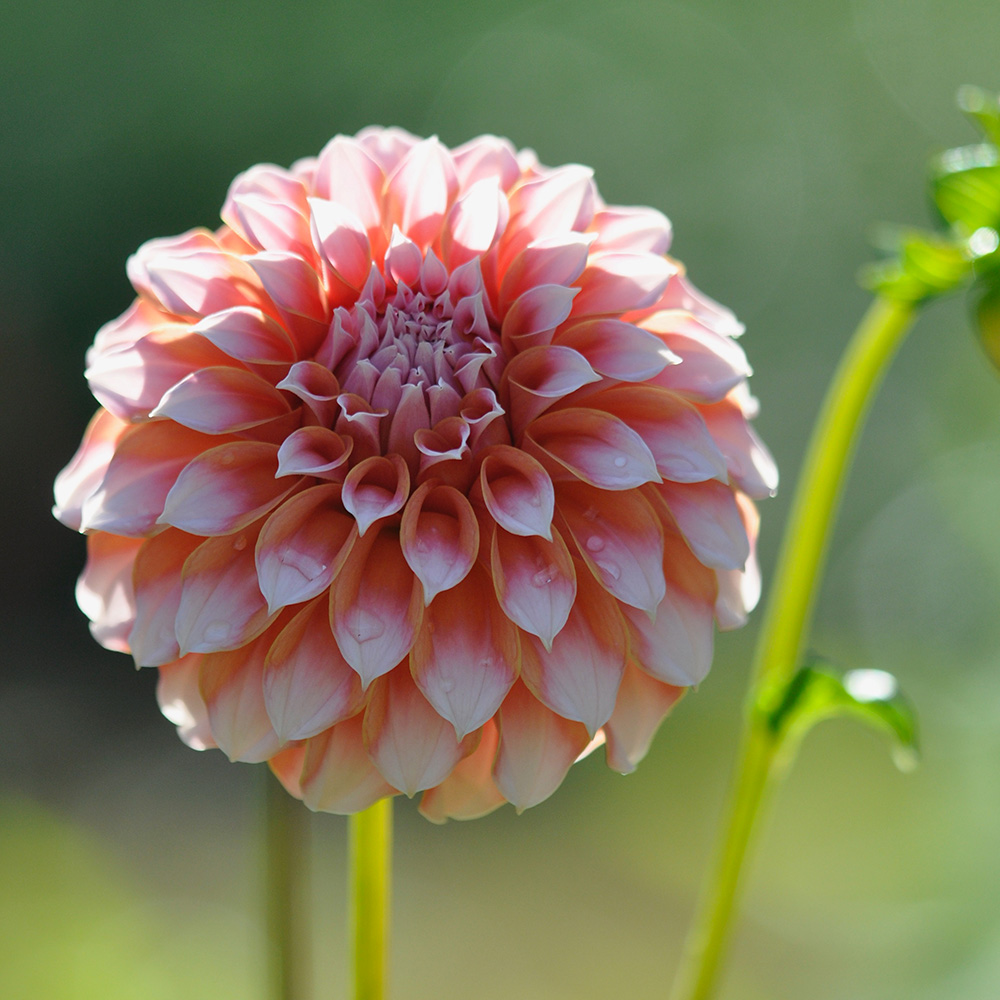
Earwigs are often unwelcome party guests
Nothing can ruin an arrangement of dahlias more than a few earwigs dropping out onto the dining table. Earwigs and beetles not only love to hide within the many petals of a dahlia, but they can also eat and damage the flowers as well. They are easier to control without insecticide with just a few tips.
Applying a ring of petroleum jelly around the main stems is an easy trick, but it may need to be reapplied every few weeks. An easier method is one that most flower farms use: tying organza bags over each blossom. This may seem extreme, but bundles of these bags are easy to find online (look for organza wedding gift bags). They are easy to tie over a maturing bud, as each bag comes with a satin ribbon already attached. Sunlight can still pass through, but the pesky bugs cannot. These bags are reusable and inexpensive—just be sure to order the best size for your flowers, opting for a larger size if in doubt.
Read more about dahlias here and here.
—Matt Mattus is the author of two books: Mastering the Art of Flower Gardening and Mastering the Art of Vegetable Gardening. He gardens in Worcester, Massachusetts.
Fine Gardening Recommended Products

Johnny’s Selected Seeds Connecta® Cultivation Kit
Fine Gardening receives a commission for items purchased through links on this site, including Amazon Associates and other affiliate advertising programs.
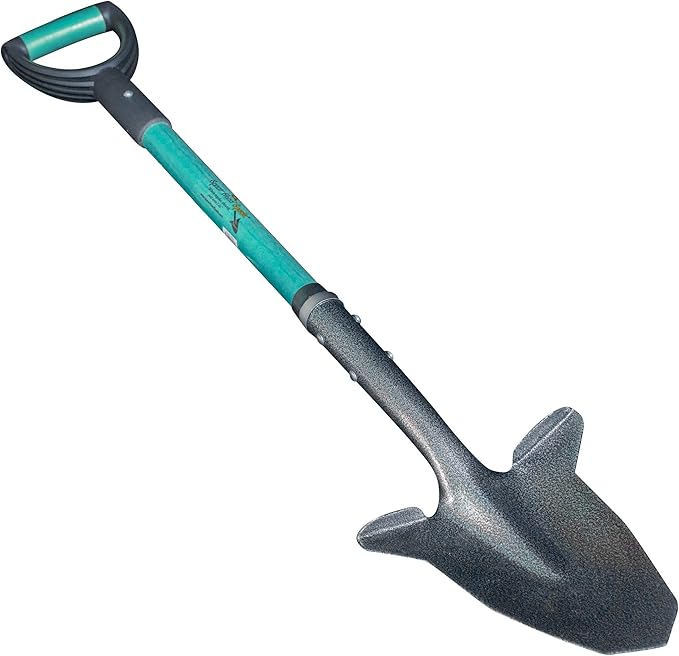
Spearhead Shade Gardening Shovel with Steel-Reinforced Fiberglass Handle
Fine Gardening receives a commission for items purchased through links on this site, including Amazon Associates and other affiliate advertising programs.
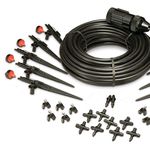
Rain Bird PATIOKIT Drip Irrigation Patio Watering Kit
Fine Gardening receives a commission for items purchased through links on this site, including Amazon Associates and other affiliate advertising programs.
- Provides drip irrigation for up to 6 planters
- Easy to assemble: just attach to faucet, cut tubing and connect watering devices
- Attaches easily to your outdoor faucet or hose





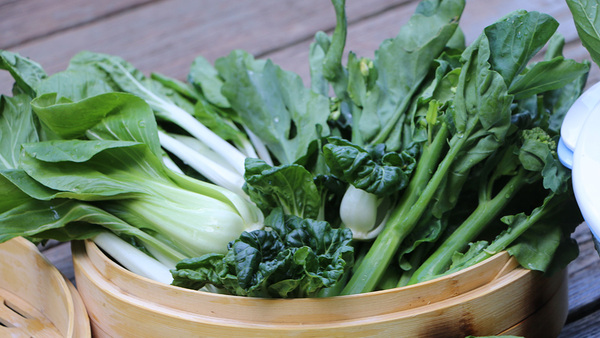













Comments
Log in or create an account to post a comment.
Sign up Log in